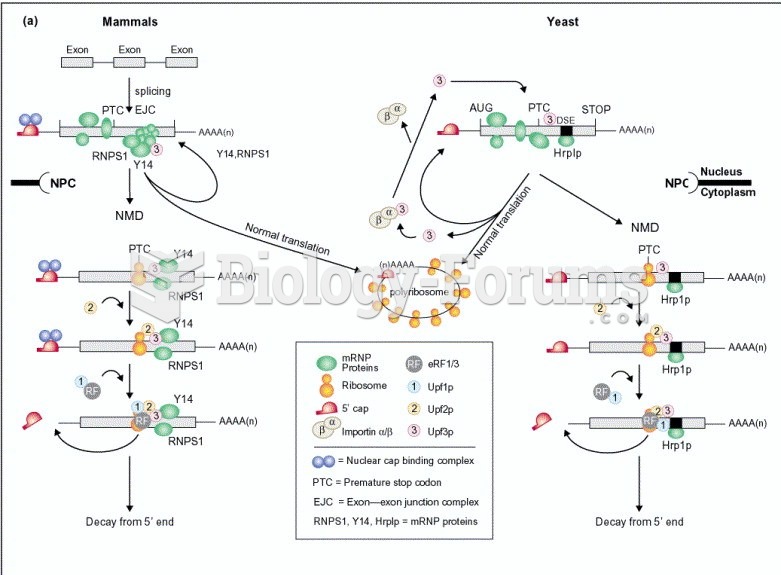Answer to Question 1
A voidable preference occurs when a debtor, within 90 days of filing for bankruptcy, makes a payment or transfers property to one of his or her creditors in repayment of a debt. The first step in determining whether a preference exists is whether the property the debtor transferred would have been part of the bankruptcy estate if the debtor had not transferred it. The trustee may ask is, would that property have been available to the trustee to liquidate and proportionally distribute to the creditors if the transfer never occurred? A fraudulent transfer involves the transfer of personal or real property with the intent to defraud creditors. The transferee's role is irrelevant. Findings of actual fraud have been made when the trustee offered evidence showing that a debtor transferred assets shortly before filing for bankruptcy. Some examples include the transfer of title to real estate or personal property, such as a vehicle, just prior to filing the bankruptcy petition, with zero or little consideration received by the debtor or evidence that the debtor transferred assets in a bank account into another individual's name a week or so prior to filing the bankruptcy petition.
Answer to Question 2
The purpose of the Bankruptcy Code is to maintain as much of an equitable relationship as possible between the debtor and its creditors. It is also designed to treat creditors in the same category, such as general unsecured creditors, fairly. The trustee has the power to bring an action to recover property the debtor may have unlawfully transferred either before or shortly after filing for bankruptcy. A voidable preference occurs when a debtor, within 90 days of filing for bankruptcy, makes a payment or transfers property to one of his or her creditors in repayment of a debt. 11 U.S.C. Sections 547, 548, and 549 authorize the trustee to bring an adversary proceeding against a debtor for preference, fraudulent conveyance, and postpetition transfer actions. The trustee must prove to the court that the debtor's actions with regard to the transfer or transfers were carried out with the intention to defraud the creditors.







